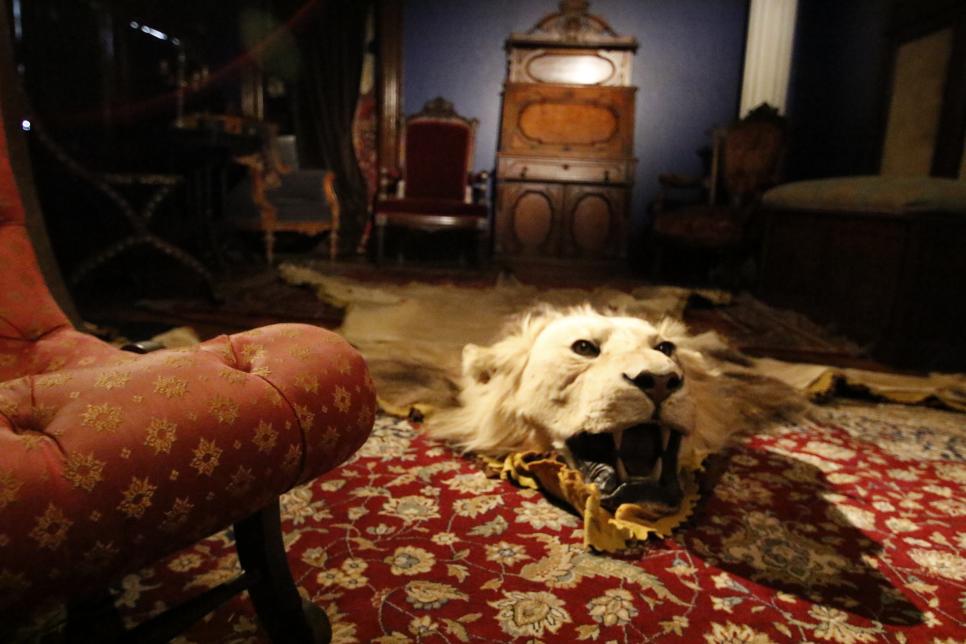
Reading on mobile? Watch Ruth Robbins discussing Victorian ghost storiesĮver one to spot a commercial opportunity, she says, Charles Dickens produced his own highly successful ghost story, A Christmas Carol, in serial form just before Christmas 1843.

"One hears nothing else nowadays," she said, and in the pages that followed, she would hear yet another, about the phantom of a beautiful woman who had appeared after being terribly burnt in a fire. But by 1887, when Mary Louise Molesworth wrote The Story of the Rippling Train, her character Mrs Snowdon was bemoaning ghosts' prevalence. Before the start of Victoria's reign in 1837, the health of the genre was thought to be failing. It was the Victorian era, of course, when ghosts proliferated most obviously in fiction – as well as on stage, in photographs and in drawing room seances. The ghosts of Christmases past are gathering. Something moved? There's a face in the brickwork? A murderer, long ago, was buried in the cellar? Stay calm. Try not to be perturbed by the flickering candle, the fleeting shadows, the horned, hairy hand that appears at your elbow. Don't be alarmed by the creak of the floorboards, the murmurs in the basement, the shrill ululations of a distant dog. C url up by the fire and I'll tell you a ghost story.


 0 kommentar(er)
0 kommentar(er)
